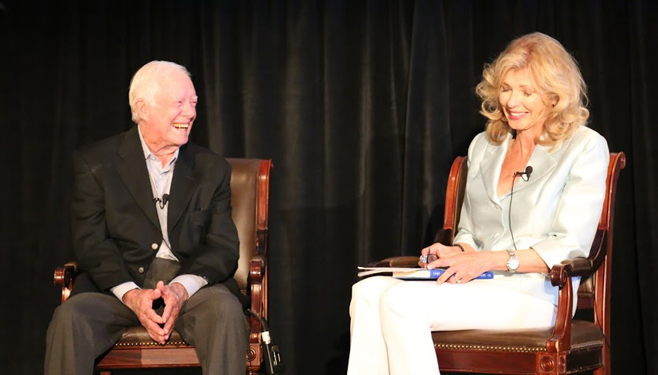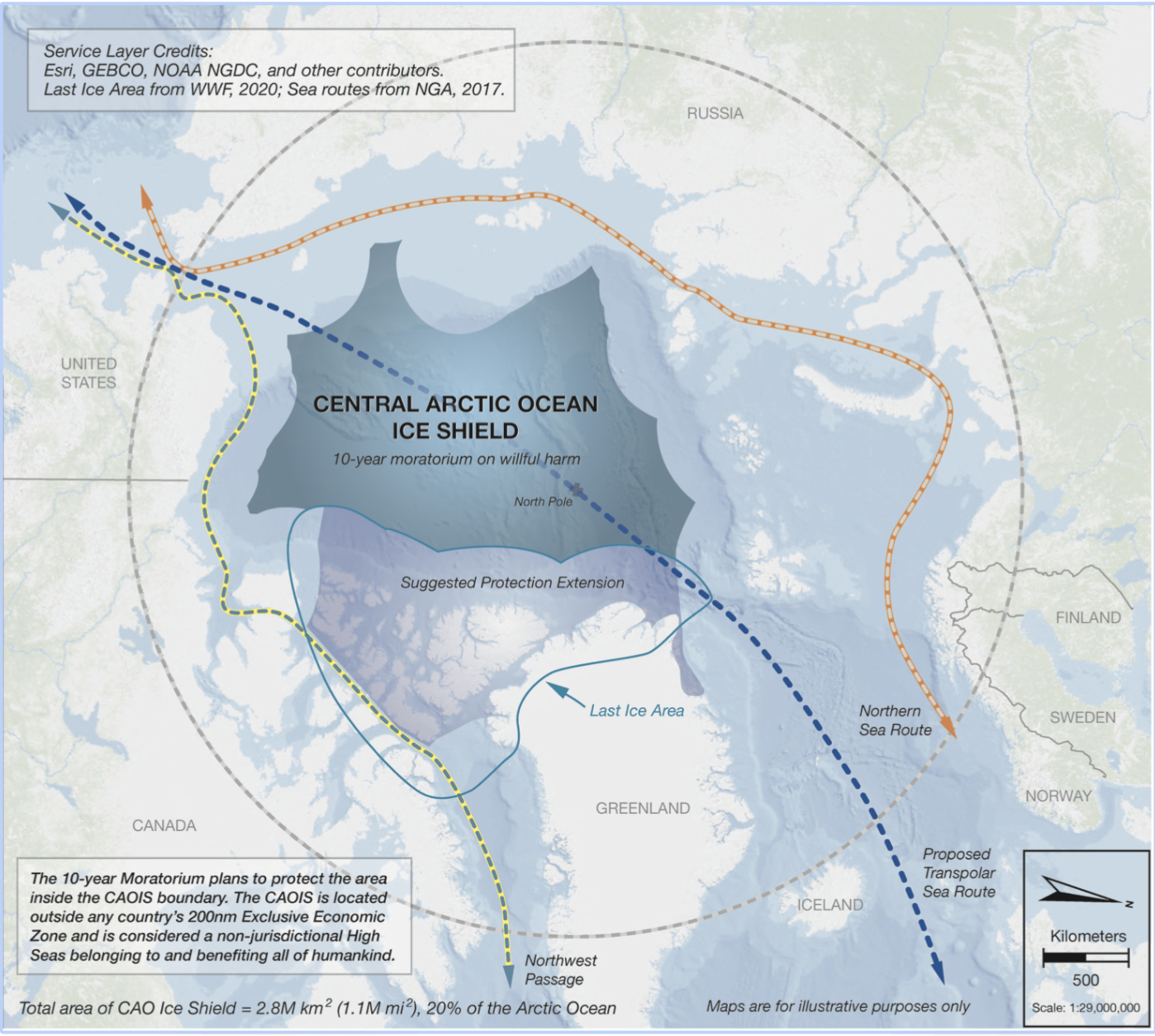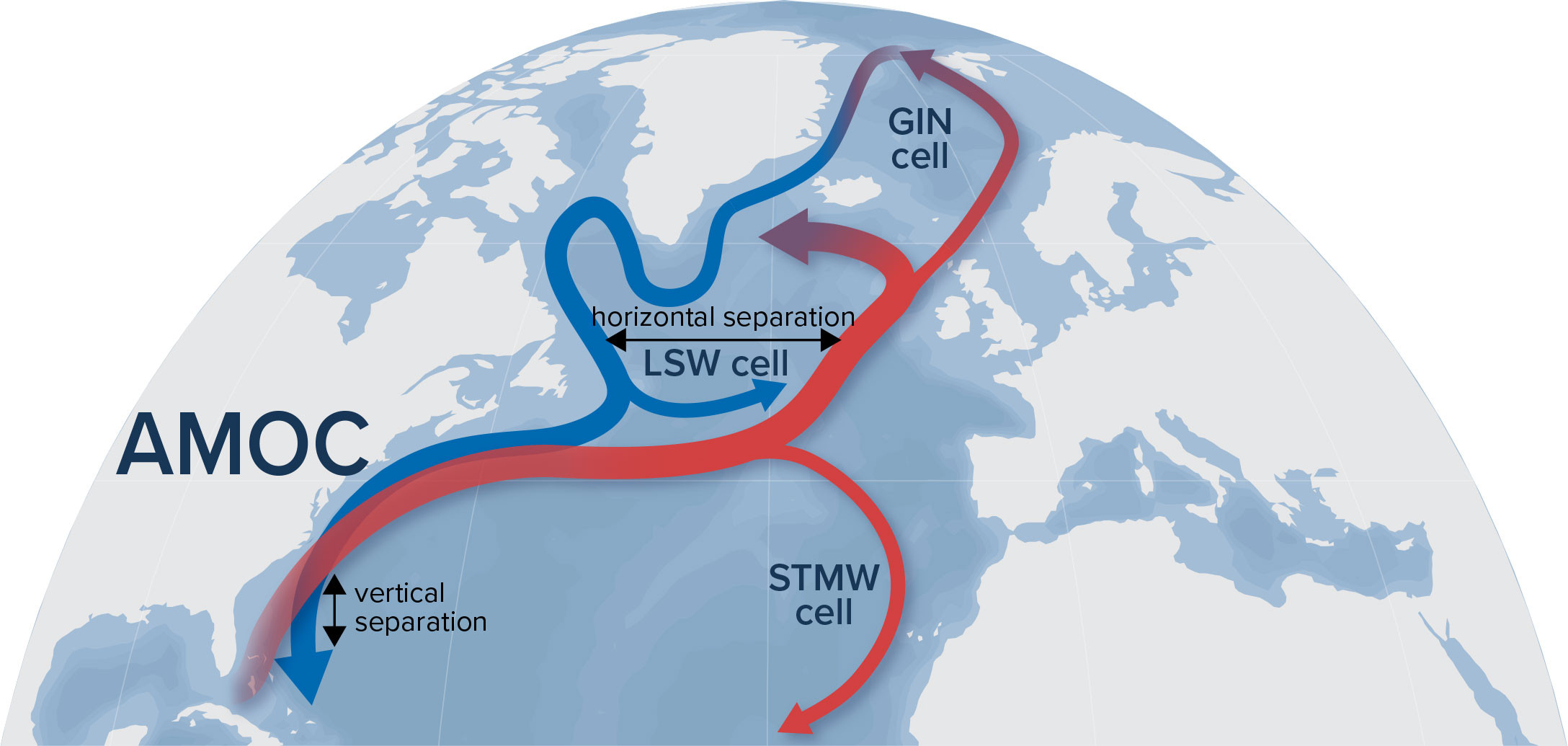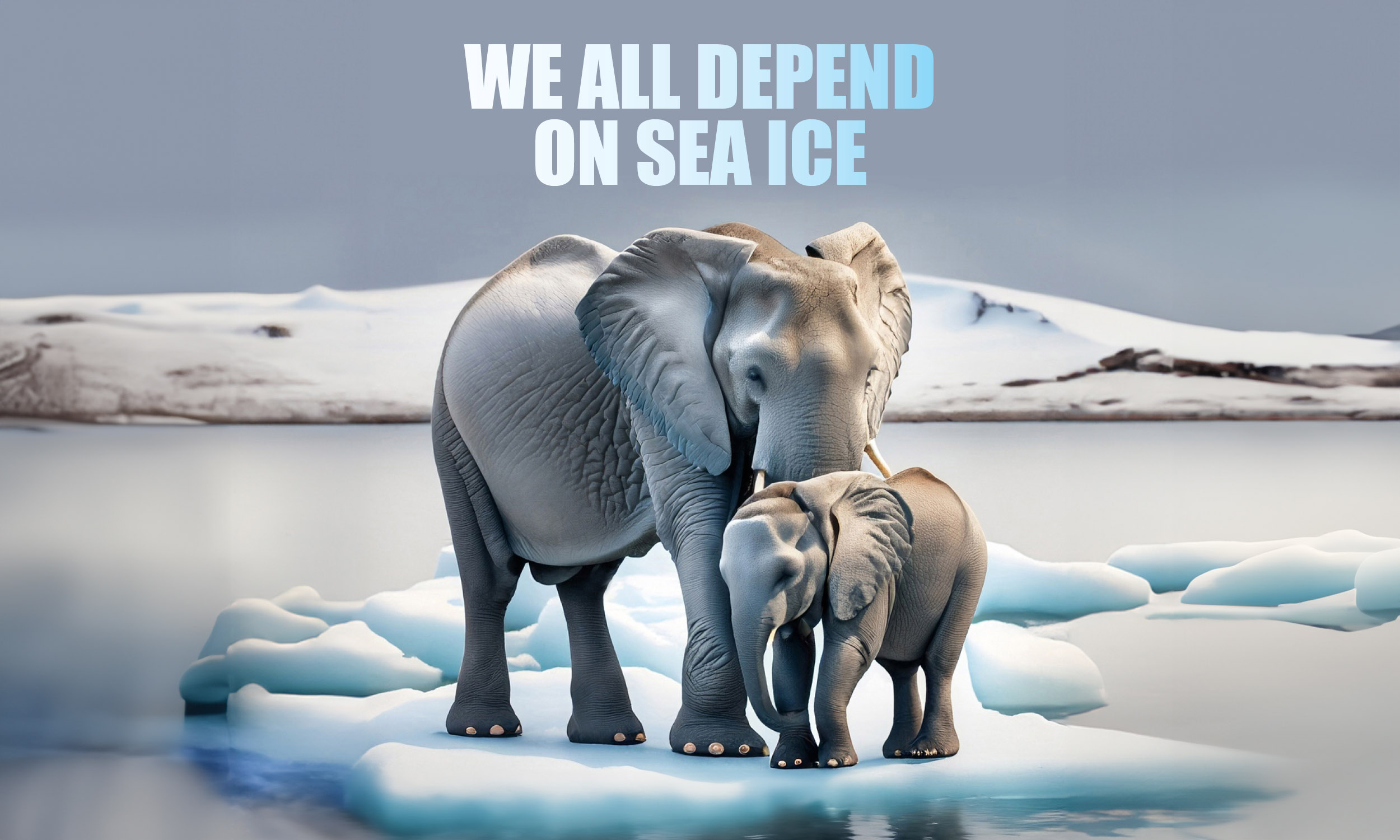By: Sally Ann Ranney
So much of President Carter was a rarity. He was multi-dimensional with many talents and interests beyond politics, including fine art painting and woodworking. An outlier with vision that is legendary, he could not only see around the corner, but he could also see around the block, knowing how to make vision a reality. His strong will to carry out his commitments and to always abide by the ethos of integrity, humility, authenticity, unselfish service, empathy, compassion and his faith never wavered. He was idealistic but that idealism was measured with practicality, something peanut farming taught him. He had a deep respect for all people, particularly those who were marginalized and suppressed; discriminated against and without economic means.
He was always a gracious but firm national and international statesman, this white farmer from the deep south. He hired black people to work with him in the late 40s, 50s and 60s, later becoming a civil rights activist and over time one of the greatest humanitarians and peacemakers in the world.
With the recent passing of President Carter, a great era in American politics has ended; a time of responsible leadership; when public service in politics was a noble profession; when collegial civility was the first and foremost ambition to accomplish bi-partisan agreements; when governance was held to high standards and ethics of conduct were taken seriously; mutual respect predominated most of the time in preference to common cause.
I first met President Carter in a professional capacity when a staff member of The Wilderness Society (TWS) in the 70’s, lobbying for environmental legislation when politics were still civil. A key and influential player in the Alaska Coalition, TWS was fighting to achieve conservation custody of over 100 million acres of Alaska’s great wildlands, rivers and wildlife, to protect subsistence hunting and indigenous territorial lands and much more. The Alaska National Interest Lands Conservation Act (ANILCA) is the single largest conservation legislative achievement in the history of the United States, the reach of which was equal to Teddy Roosevelt’s pursuit of National Parks.
I had the privilege in 1979 to participate in a special recognition of President Carter to thank him for his support to protect Alaska’s unparalleled wild heritage. Acknowledging the work of the Alaska Coalition, I, along with John Denver, Thomas Crum, and then-Secretary of the Interior, Cecil Andres and Agricultural Secretary, Bob Bergland, presented the President with ‘The Great Bear,’ a stunning bronze sculpture of an Alaskan grizzly by Gary Herbert, who was also present. We found out much later that ‘The Great Bear’ was a favorite of Carter and was displayed in the Carter Center main hall for many years.

A Multi-faceted Environmental Legacy
President Carter’s commitment to protecting the natural environment goes far beyond Alaska. He saw the nature of nature as connected systems — air, water, Earth and its abundant biodiversity — all in symphony with one another. He knew over fifty years ago that the increased use of fossil fuel held dangers to clean air and health and would spell an increasingly uneasy dependence on foreign oil imports. And yet, with an energy crisis facing the nation at the time, he had to turn to coal to fill the gap.
However, he knew that renewables were the way forward, so he began his alternative energy quest by putting solar panels on the White House for all the world to see, initiating a public-facing campaign about the benefits and how we could achieve real energy independence while protecting clean air. In 1977, he established the Department of Energy and founded the Solar Energy Research Institute (SERI) to research the development of solar as a legitimate alternative to fossil fuels in the American energy mix. The National Energy Act (NEA) was introduced a year later to tax gas-guzzling cars and provide incentives for investment in wind and solar energy, including for passive and active solar installations in businesses and homes.
I personally took advantage of the NEA, building a large greenhouse on the southside of my home at the time. Had it not been for Carter’s incentives, I like many thousands of others never would have pursued that route or installed a double-burn EPA approved wood burning stove. My utility bill went down to next to nothing, plus I had organic produce and radiant heat. It was a very successful experiment, and one that was not lost on the next generation. My son and stepchildren have followed suit in one way or another.
Jimmy Carter also promoted energy efficiency subsidies to keep our residences and businesses at 68 degrees F, wearing a sweater in the Oval Office to make the point and citing the savings for the homeowner. Unfortunately, subsequent administrations had cuddled up to the fossil fuel industry and neutered funding for much of the above mentioned while President Reagan dismantled the White House solar panels. Had we followed Carter’s lead five decades ago, we would not be where we are now, facing catastrophic, rapidly advancing climate change and a ruling oligarchy of the oil and gas industry. Even in his 90’s, Jimmy was still leading by example, putting over 3,800 solar panels on the Carter family land. The installation powers half of Plains, Georgia, his hometown, with renewable electricity. It was the “proof of concept” based on science he could not achieve decades earlier.
He also amended the Clear Air and Water Acts with more strict parameters on polluters and signed The Surface Mining Control and Reclamation Act of 1977 to safeguard National Parks from mining. In 1980, the Comprehensive Environmental Response, Compensation, and Liability Act, known as the Superfund, became law under his leadership. A great success, the legislation gave the Nixon-established Environmental Protection Agency the authority and the funding to clean up hundreds of dangerous hazardous waste sites resulting from landfills, mines and industrial facilities.
Carter’s presidency was marred by the Iranian hostage situation. What most people do not remember is that he worked day and night — right up until midnight of his last day in office — negotiating their freedom. Reagan, however, took the credit and Carter took that with the grace and grit of a real statesman.
I worked on moving many of Carter’s initiatives forward during his term, and then defending them against emasculation after he left office. But it was not until years later he became a friend and advisor through his relationship with another history-changing man, my dear friend and supporter, Ted Turner, the founder of CNN and the UN Foundation, as well as great conservation philanthropist.
Ted invited Jimmy and Rosalynn to visit Montana every summer for many years. With an entourage of Secret Service agents, they came to relax, fish, horseback ride and share dinner conversations that will remain forever unforgettable. Jimmy always arrived with his old bamboo fishing rod in tow, the same one used since a young man. An excellent fisherman, he often was ‘high rod’ at the end of the day. Jimmy was also a die-hard Atlanta Braves fan and with Ted being the former owner, if any games were in play when we were together, we would all gather around the TV and cheer them on.
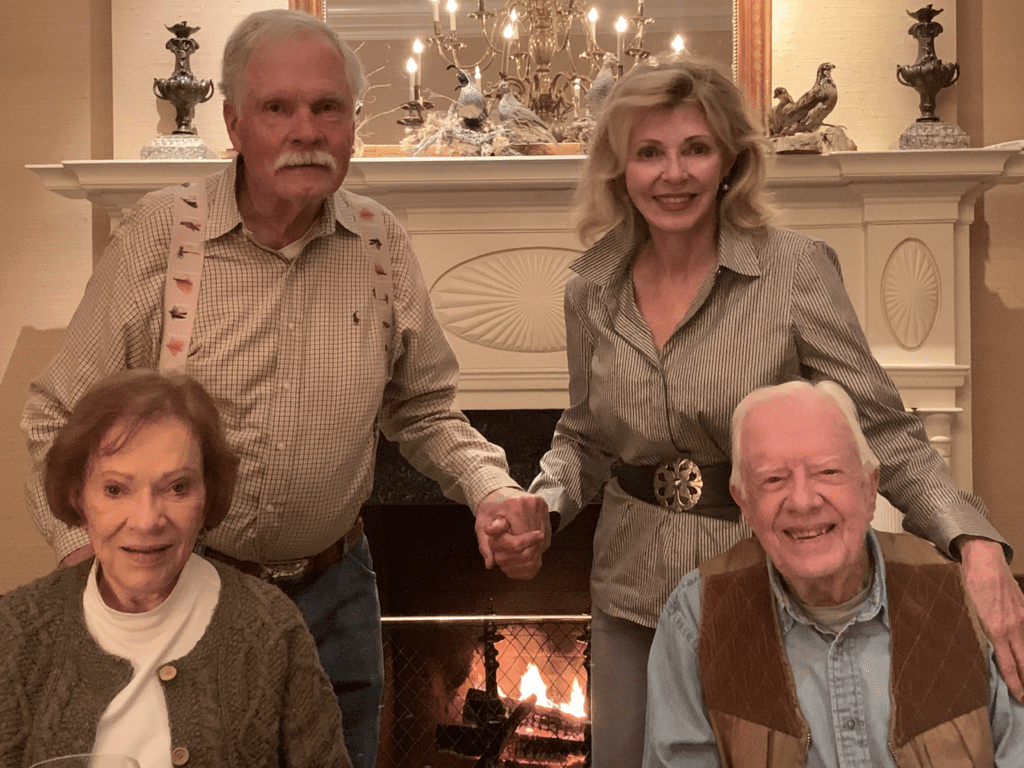
It’s no accident that these two men were fast friends for many decades, aside from both being Georgia residents. Consistently, each sought common ground where division was present. Their love of nature was equal in intensity, and commitment and each went to great lengths to protect it. In 1990, when Carter was being recognized with the ‘Conservationist of the Year’ award by the George Conservancy, he said, “Future generations of conservation leaders must remember that we are stewards of a precious gift, which is not an unpleasant duty but rather an exciting challenge. We must safeguard our lands so that our children and grandchildren can enjoy fresh water, clean air, scenic mountains and coasts, fertile agricultural lands, and healthy, safe places to live and thrive.”
Additionally, their shared empathy for the suffering and challenges of humanity was demonstrated repeatedly in the choices each made with how they spent their time and resources. Both had a global reach. Carter’s humanitarian work through his Carter Center was relentless and never without Rosalynn by his side as she was before, throughout and after his Presidency. Together, they eliminated Guinea worm, monitored elections around the world to ensure fair and secure results. They helped communities get sanitation facilities in place where there we none and grow food. For years they supported and helped build affordable housing and refugee shelters through Habitat for Humanity and stepped into the world of promoting mental health with Rosalynn’s lead and her Institute for Caregivers.
In 2014, as President of the American Renewable Energy Institute, I invited President Carter to Aspen, Colorado to join us at the Institute’s AREDAY Summit. I was honored to conduct a one-on-one armchair conversation and interview with him, focusing on his newest book at the time, A Call to Action: Women, Religion, Violence and Power. The book investigates gender discrimination, how people use the bible to rationalize it, and the negative impact this has had across the world. At one point I asked him, “What took you so long” to finally recognize women and gender inequality? He responded that he was so deep in the Baptist doctrine that he didn’t see it, and added, that when he did, he almost left the church. He once told me Rosalynn was a better political strategist than he was. I had to smile when a couple years later, she told me the very same thing.
President Carter never forgot nor was unfaithful to where he came from, and in that his humility resided and could not be overtaken by the power and glitz of the Presidency. We were privileged to attend the Carters’ 75th wedding anniversary held at the Plains high school with so many political and other luminaries in attendance, celebrating the remarkably long and successful marriage of two hearts, two spirits and minds lovingly bound together by higher purpose. It was a down-to-Earth gathering with Jimmy then in a wheelchair due to a stroke. It did not diminish his presence or indominable spirit nor the celebration.
Jimmy’s life was well-lived and lived large. He leveraged his one-term presidency to maximize his work for humanity and nature around the world until he was almost 100. He was determined to vote in the 2024 election for Kamala Harris for President of the United States and be the longest living President of the US. I strongly suspect that in those last months, Jimmy was in a deep and highly dignified negotiation, letting the ‘powers that be’ know, with all due respect, that in no uncertain terms was he leaving before he reached 100.
As Jimmy Carter’s passing is sinking in, and the contrast in leadership now prevalent in the United States is so sharp, there is a deep mourning under the surface and very present in America for the loss of this extraordinary human being. There is a yearning for leaders to emerge with the strength of character guided by sound principles and values coupled with a genuine dedication to the highest-minded public service and the courageous, responsible leadership that he represented. No one has matched him since, and now appears it may be a long time before that kind of leadership will rise again. President Jimmy Carter will be remembered for his extraordinary humanity and many achievements, but perhaps his greatest legacy is — he was the last Statesman of our time.


